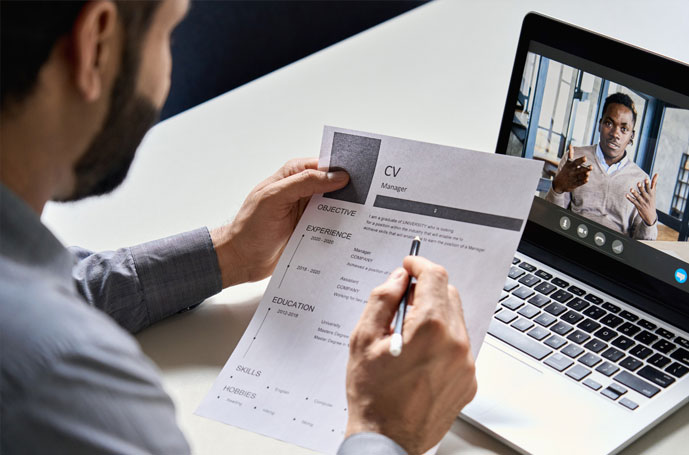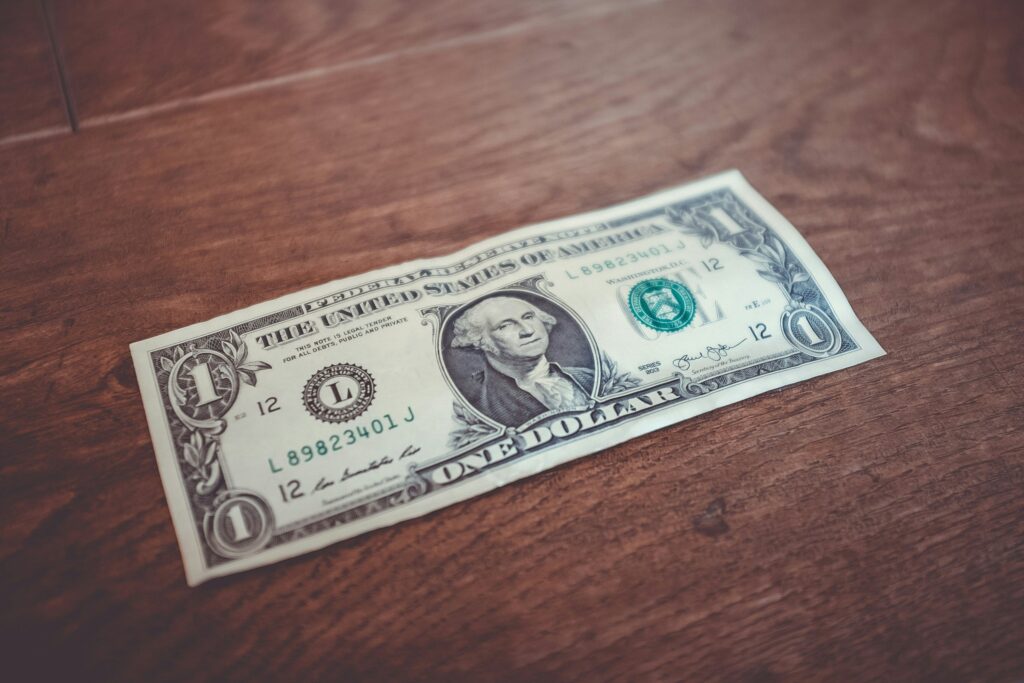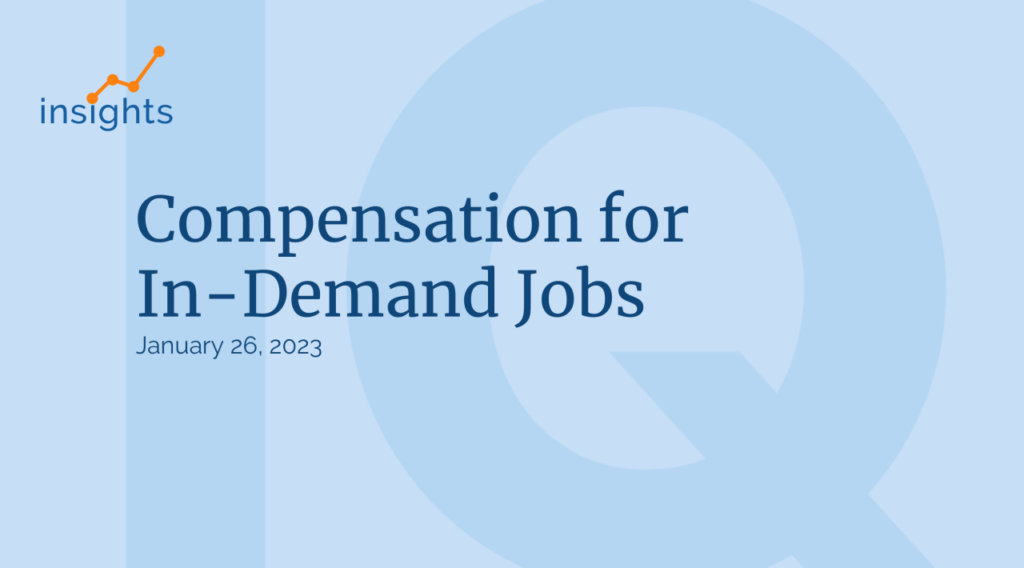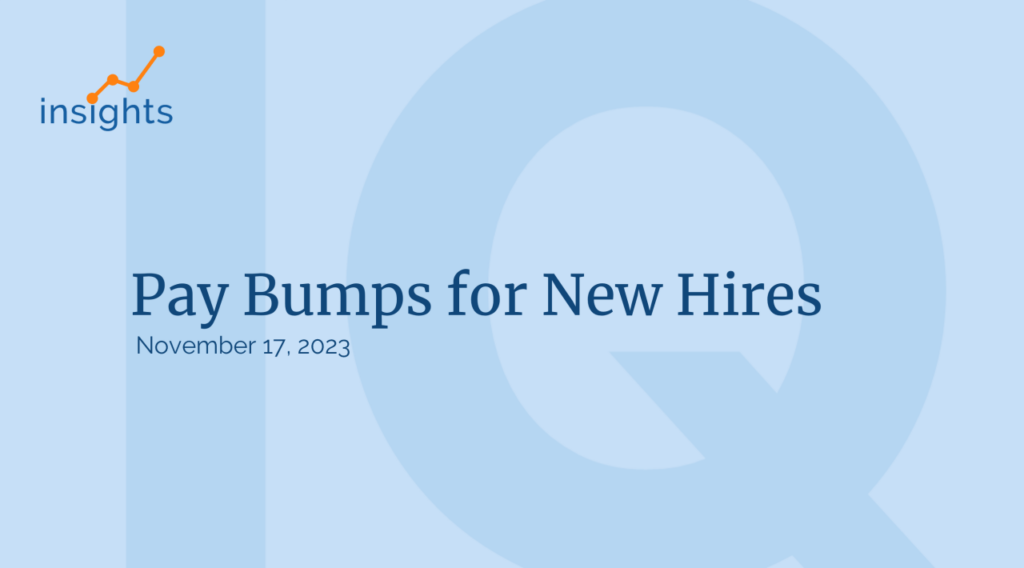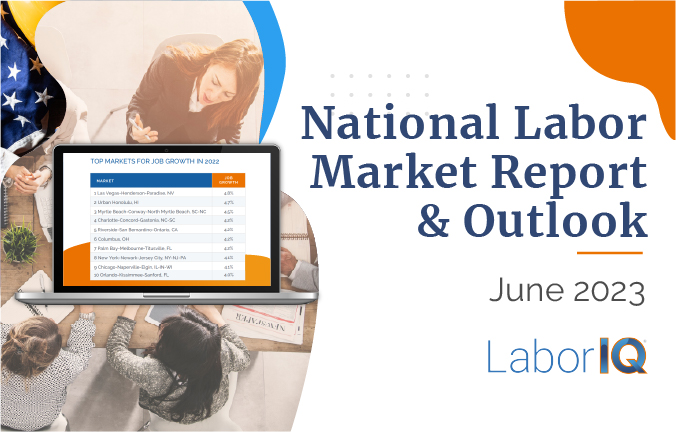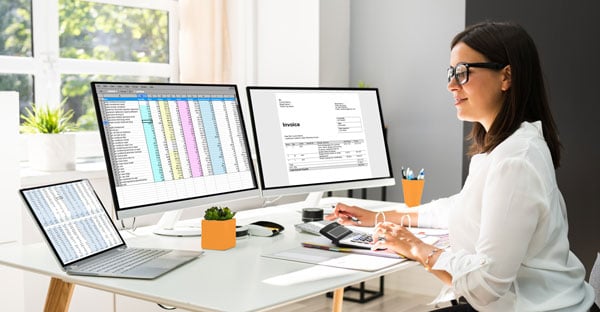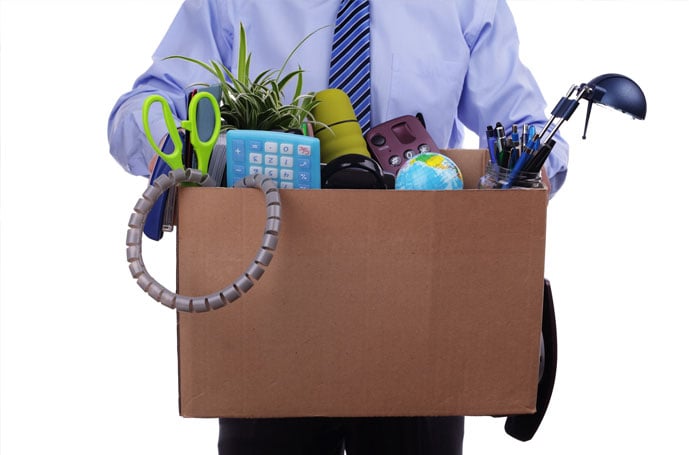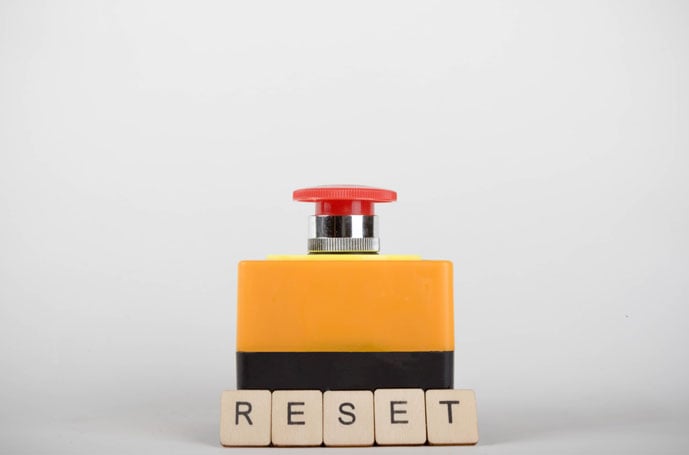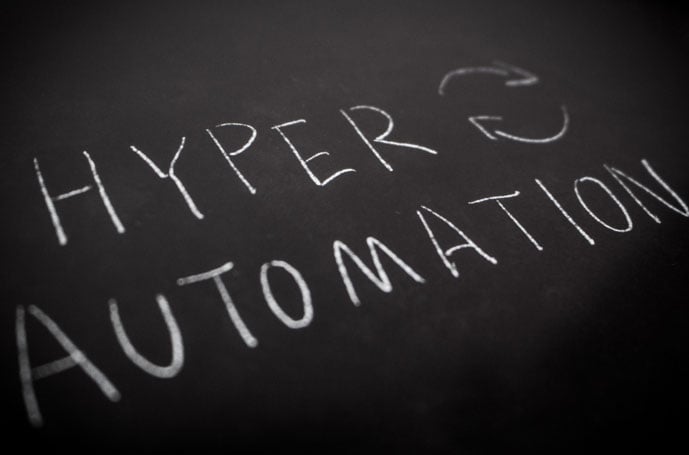The unemployment rate is a widely-used indicator of the labor market’s health, and as such, it can significantly impact an employer’s hiring process.
For example, low unemployment rates usually make it more difficult for employers to find qualified candidates to fill their open positions. On the other hand, when unemployment rates are high, employers may have an easier time filling job openings. However, enterprises may also face lower consumer demand because, overall, less of the population has a stable income, which will impact the company’s approach to recruitment.
So, in this article, we’ll delve deeper into how the unemployment rate affects hiring and its implications for employers and job seekers. Let’s dive in!!
What’s an Unemployment Rate?
For the uninitiated, the unemployment rate refers to the percentage of the total labor force that’s unemployed but actively seeking employment. The unemployment rate is typically calculated by the government and is released every month.
This metric is essential when considering the state of the job market because it reflects the balance of labor supply and demand. As such, economists and policymakers keep a meticulous eye on it.
As hinted in the intro, a low unemployment rate generally means more job opportunities than unemployed people. As a result, employers have to compete to fill vacancies amidst a limited talent pool. This can inspire organizations to offer salary increases and more competitive compensation packages to incentivize top talent to stay or join their team.
Conversely, a high unemployment rate means more unemployed people than job opportunities. When unemployment is rife, companies don’t need to compete as heavily to access high-quality hires, which is often reflected in lower wages and fewer employee benefits.
Needless to say, the unemployment rate, combined with other indicators of labor market health, such as the:
- Labor force participation rate
- Underemployment rate
- Number of job openings
…paint a more comprehensive picture of the labor market. Employers have to stay apprised of the unemployment rate and other labor market indicators to make informed budget allocation, recruitment strategy and compensation decisions.
Unemployment Rates in 2023
The current U.S. unemployment rate is 3.5% (based on data from December 2022), equating to around 5.7 million unemployed Americans. While 5.7 million sounds like a lot, if we compare this figure to data collected over the past few years, unemployment has actually fallen significantly. In fact, unemployment is the lowest it’s been in 20 years and is almost five times lower than its highest level in 2020!
Current predictions suggest unemployment rates will return to pre-pandemic levels as we head into 2024. However, in the meantime, we have an extremely tight labor market predominantly favoring workers. To put this into perspective, there have only been nine months since late 1953, when the unemployment rate was lower than it is now. This means that the labor market is highly competitive and employers face significant pressure to find and retain talent.
Why Does the Unemployment Rate Matter to HR?
As the market tightens, companies may feel compelled to offer higher wages and better benefits to attract and retain employees and maintain a stable workforce. Primarily because when unemployment rates are low, there are fewer available people that can start working immediately. So, not only is it more challenging for employers to find qualified candidates to fill open positions, but it takes longer to get them on board.
Needless to say, offering more competitive salaries (especially if you’ve been affected by the shallow recession we’re in) can put pressure on profit margins.
In light of this, here’s some advice on attracting top talent while the unemployment rate is so low:
- Foster a positive company culture.
- Offer flexible working arrangements, like remote work, flextime and/or hybrid working, to attract candidates looking for a better work-life balance.
- Encourage employees to refer people in their networks to you. This can help employers tap into a pool of pre-vetted candidates who are likely to be fit for the company culture.
- Offer professional development opportunities: Providing opportunities for growth can attract ambitious applicants looking for more mobility. Plus, you’re nurturing skilled workers who otherwise may have required a higher starting salary.
- Invest in employee retention: Offering unique benefits and incentives that employees value, such as wellness initiatives, mental health workshops, and standard perks like health insurance, can help reduce employee turnover and improve overall satisfaction.
While the unemployment rate is expected to increase slightly over the coming year, this doesn’t mean it will be easy for employers to replace talent. Instead, the main factor will be whether job seekers have the skills to meet market demand – something that only time will tell.



